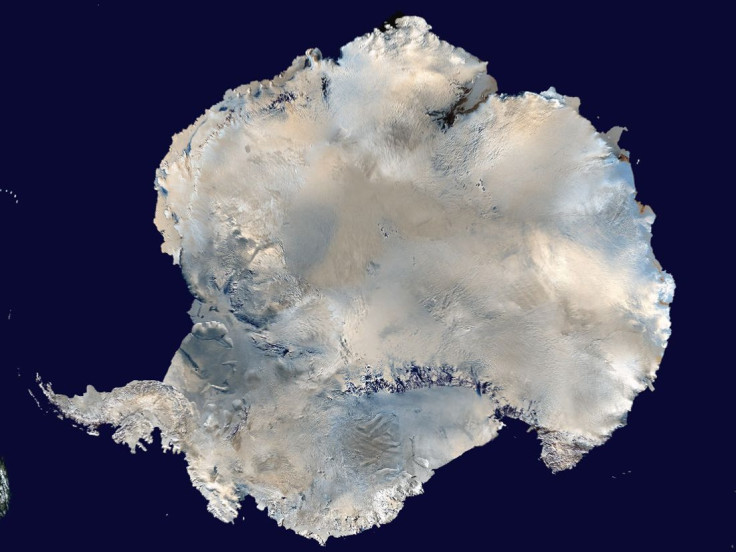Antarctica Is Turning Green Due To All Of The Moss Growing Because Of Climate Change

Antarctica is becoming more green, and less snowy, as the climate continues to change. Moss and plants have been growing more quickly in the last 50 years on the Antarctic Peninsula, and the trend might continue.
The changes in the vegetation found on the peninsula are a reaction to warming temperatures over the years. Analysis of moss banks provided proxy data for the time prior to recent climate records. The research conducted by scientists from the University of Exeter in the United Kingdom was published in Current Biology Thursday.
Read: Climate Change News: Antarctica Reaches Record High Temperatures
The moss banks on the islands were well preserved due to the cold temperatures. The way moss grows offers a strong proxy for decades and even centuries. The moss grows a thin layer on top of the existing moss each year so there are layers on layers that can offer insight into the conditions and growth over the years.
The researchers also used other proxies like carbon isotope discrimination to determine the growth activity and got similar results. A proxy is a historical measurement that gives information about past temperatures and conditions on Earth. For example, the researchers in this study used moss bank vertical growth as well as mass accumulation to measure past conditions. The amount of moss that had grown one layer over the other over the years allowed the researchers to see when the trend began and the amount growth year to year.
The moss showed a “widespread biological response to increasing temperature.” The researchers also noted the availability of water was an important factor to examine because water was more readily available in recent years with more warming and precipitation. While the water availability had an influence on growth, they determined that temperature was still the dominant factor in growth rate.
If the temperature continues to rise, as it has and is predicted to, the researchers came to the conclusion the rapid growth shifts can be expected to continue. This is important to track because as ice retreats and more moss and green vegetation appear, the biological functioning of the landscape will change along with its appearance.
Read: Irish Beach Mysteriously Returns 30 Years After Storm On Achill Island Destroyed It
“Should this occur, it would further transform the face of this remote, largely pristine and very iconic region,” Thomas Roland, a co-author on the study, told the Guardian.
Temperatures in parts of Antarctica have been breaking historical records recently. While the record temperature for the region was set in 1982, the temperatures elsewhere on the continent have been set more recently. In 2015 the continent saw its highest temperature on part of the peninsula when temperatures reached 63.5 degrees Fahrenheit.
© Copyright IBTimes 2024. All rights reserved.





















